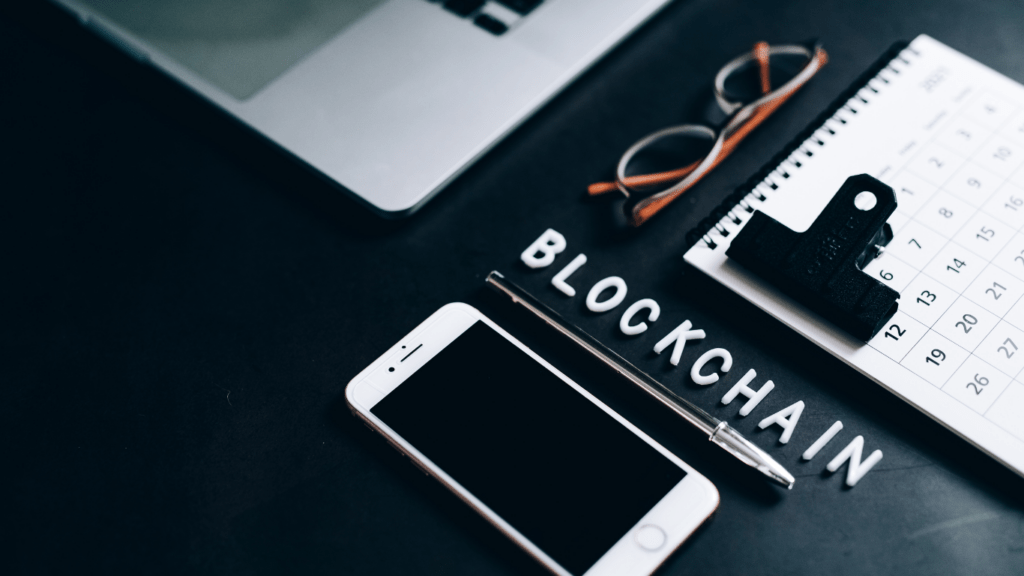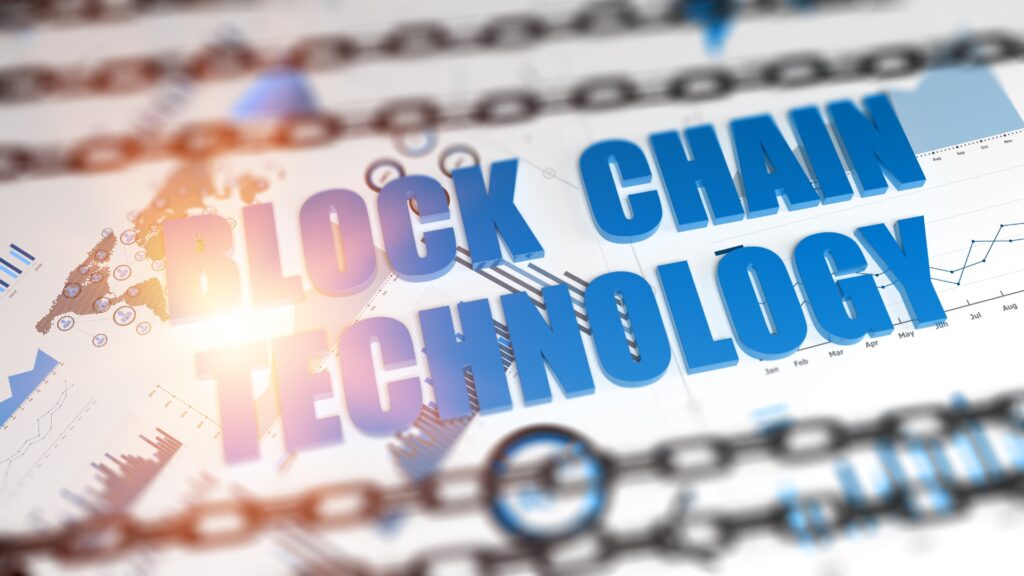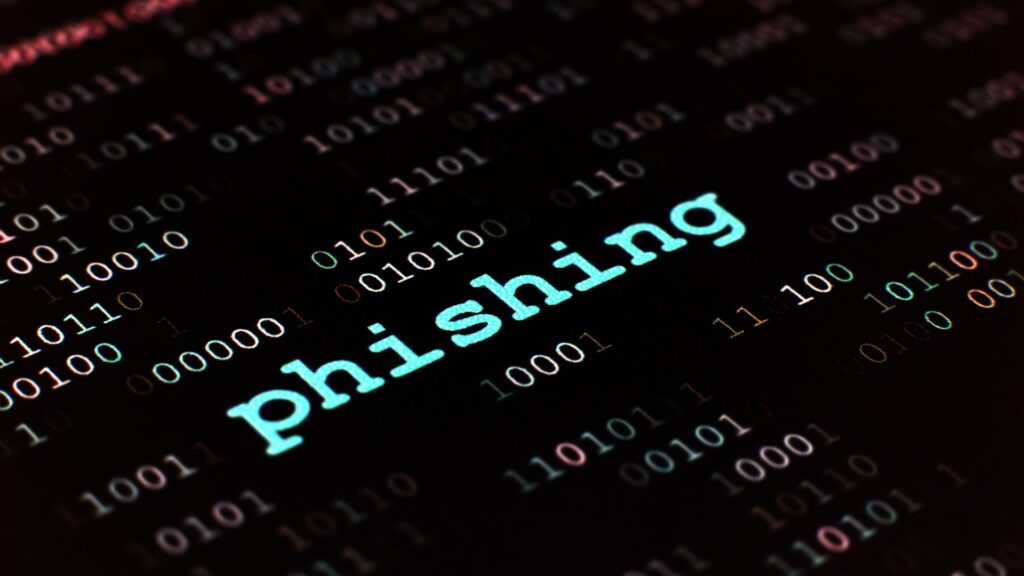Understanding Blockchain Technology
Blockchain technology operates as a decentralized ledger, tracking transactions across multiple computers. Instead of relying on a single database, blockchain distributes data across a network, enhancing security and transparency. Every transaction, or block, links to the previous one, forming a chain, which explains its name.
Components of Blockchain
- Nodes: Nodes are individual computers within the blockchain network. Each node holds a copy of the entire blockchain, ensuring redundancy.
- Blocks: Blocks are digital records containing transaction data. Every block includes a timestamp, transaction totals, and a reference to the previous block.
- Consensus Mechanisms: These mechanisms validate transactions. Common methods include Proof of Work (PoW) and Proof of Stake (PoS).
Key Features of Blockchain
- Immutable Ledger: Once data enters a block, altering it is near impossible. This immutability provides a secure and trustworthy record.
- Transparency: Every transaction gets recorded publicly. Authorized participants can trace a transaction’s history for enhanced transparency.
- Decentralization: Blockchain operates without a central authority. Distributed networks eliminate single points of failure and reduce the risk of fraud.
Blockchain technology’s unique structure and features make it versatile for various real-world applications beyond cryptocurrency.
Supply Chain Management
Blockchain technology significantly enhances supply chain management by offering better transparency, security, and efficiency. These benefits mainly manifest in areas like provenance tracking and inventory management.
Provenance Tracking
Blockchain ensures precise provenance tracking in supply chains. Every product’s journey from its origin to the consumer is immutable on the ledger.
For example, a coffee bean’s route, from farm to cup, can be traced. Companies can authenticate product quality and origin, reducing counterfeits and ensuring compliance. Blockchain provides real-time tracking, facilitating quick responses to any issues such as recalls or contamination.
Inventory Management
Blockchain improves inventory management by offering transparent, tamper-proof records. It allows real-time inventory updates accessible to all stakeholders.
For instance, retailers and suppliers see stock levels and anticipated shortages or surpluses simultaneously. Smart contracts on the blockchain can automate orders when inventory levels fall below a set threshold. This automation reduces human error and increases efficiency, optimizing the entire supply chain.
Healthcare Applications
Blockchain technology significantly impacts healthcare, enhancing security and efficiency in multiple areas.
Patient Data Security
Patient data security benefits immensely from blockchain’s features. It ensures data integrity through immutability, preventing unauthorized alterations. Decentralization adds another security layer, making breaches unlikely and ensuring data availability.
Hospitals and clinics, for example, can use blockchain to store patient records securely, preventing data tampering or loss. Only authorized personnel can access patient details, safeguarding privacy and confidentiality.
In case of a data breach attempt, blockchain immediately identifies any inconsistencies, providing real-time alerts. This proactive security offers a reliable defense mechanism for healthcare providers.
Streamlined Billing
Blockchain streamlines billing processes by providing transparent, tamper-proof records. It eliminates discrepancies, preventing billing fraud and errors. Smart contracts enable automatic payments when predefined conditions are met, reducing administrative workload.
For instance, healthcare providers can automate insurance claims processing using blockchain, ensuring prompt and accurate reimbursements. Patients receive clear, verifiable billing statements, fostering trust and transparency.
Blockchain also supports interoperability, allowing seamless data exchange between healthcare systems and insurance companies. This connectivity speeds up the billing process and enhances overall efficiency in healthcare administration.
Financial Services
Blockchain technology revolutionizes the financial services industry, offering enhanced security and efficiency. Two key areas where blockchain excels are cross-border payments and trade finance.
Cross-Border Payments
Traditional cross-border payments involve multiple intermediaries, leading to delays and high costs. Blockchain streamlines this process, allowing for near-instantaneous transactions at reduced fees.
For instance, Ripple’s blockchain network enables banks to settle cross-border payments in real-time, reducing costs significantly. By eliminating intermediaries and offering transparency, blockchain enhances the user experience and trust in cross-border transactions.
Trade Finance
Trade finance often faces challenges like:
- fraud
- lengthy paperwork
- lack of transparency
Blockchain addresses these issues by providing a decentralized ledger that all parties can access.
This ledger ensures transparency and reduces fraud by safeguarding against document tampering. An example is the Marco Polo Network, which uses blockchain to digitize trade finance documents, speeding up processes and lowering costs.
Blockchain’s real-time updates and immutable records optimize trade finance by reducing risks and ensuring all parties have access to trustworthy data.
Real Estate

Blockchain technology is transforming the real estate industry by enhancing transparency and improving efficiency.
Property Transactions
Blockchain simplifies property transactions by reducing fraud and streamlining processes. Traditional real estate transactions often involve multiple intermediaries and lengthy procedures, but blockchain enables direct transactions between buyer and seller.
Smart contracts execute automatically when conditions are met, ensuring a smooth transfer of ownership. For example, platforms like Propy use blockchain to facilitate international property sales, making transactions faster and more secure.
Title Management
Managing property titles becomes easier and more secure using blockchain. Traditional title management systems are prone to errors and fraud, but blockchain records are immutable and transparent.
Governments and institutions, such as Cook County in Illinois, are piloting blockchain-based title registries to prevent fraud and ensure accuracy. Blockchain ensures that title records are accessible and updated in real-time, reducing the risk of disputes and simplifying title searches.
Digital Identity
Blockchain technology provides a robust solution for managing digital identities, enhancing security and privacy.
Personal Identification
Blockchain technology ensures secure and verifiable personal identification. Unlike traditional systems, blockchain stores data in decentralized ledgers making it tamper-proof.
This helps prevent identity theft and fraud. Estonia, for example, uses blockchain for its e-residency program, enabling secure digital identities for non-residents.
Individuals can confidently share personal information, knowing it’s protected by cryptographic techniques. Digital identities can streamline KYC (Know Your Customer) processes, reducing the need for repetitive verification across different platforms.
Access Control
Blockchain enhances access control by enabling decentralized authentication protocols. Smart contracts on blockchain platforms automate and manage access permissions without centralized intermediaries.
Employees can access company resources securely, and IoT devices can communicate without human intervention.
Companies like Civic use blockchain to provide identity verification services that control access to various systems. Organizations benefit from improved security, reduced fraud risks, and streamlined processes.
Blockchain-based access control offers heightened security due to immutable and transparent records, ensuring only authorized entities access the resources.

 Is the innovative founder of The Digi Chain Exchange, a comprehensive platform dedicated to educating and empowering individuals in the world of digital finance. With a strong academic background in Finance and Computer Science from the University of Michigan, Scotterrin began her career in traditional finance before shifting her focus to blockchain technology and cryptocurrencies. An early adopter of Bitcoin and Ethereum, Adaha’s deep understanding of the transformative potential of blockchain led her to create The Digi Chain Exchange, which has since become a trusted resource for crypto news, market trends, and investment strategies.
Is the innovative founder of The Digi Chain Exchange, a comprehensive platform dedicated to educating and empowering individuals in the world of digital finance. With a strong academic background in Finance and Computer Science from the University of Michigan, Scotterrin began her career in traditional finance before shifting her focus to blockchain technology and cryptocurrencies. An early adopter of Bitcoin and Ethereum, Adaha’s deep understanding of the transformative potential of blockchain led her to create The Digi Chain Exchange, which has since become a trusted resource for crypto news, market trends, and investment strategies.

